If I had a dollar for every time a homeschooling mom asked, “What’s the best complete language arts curriculum?" I’d be able to buy a very cozy cabin in the woods (complete with shelves of vintage and antique books).
But let me gently ask:
Do you really need a complete language arts program? Or is there something else going on?
Over the years, I’ve seen so many homeschoolers stress over language arts. They jump from one curriculum to another, trying to find the perfect resource that will cover everything—just in case their child returns to school in five or ten years and needs to "keep up." Others panic because their child is struggling with writing, so they buy a writing program—only to realize later that the problem was actually spelling or reading comprehension. Or there wasn't a problem, they just needed to have more time or choice about what to write. (Hint: Not every child needs to write fiction!!)
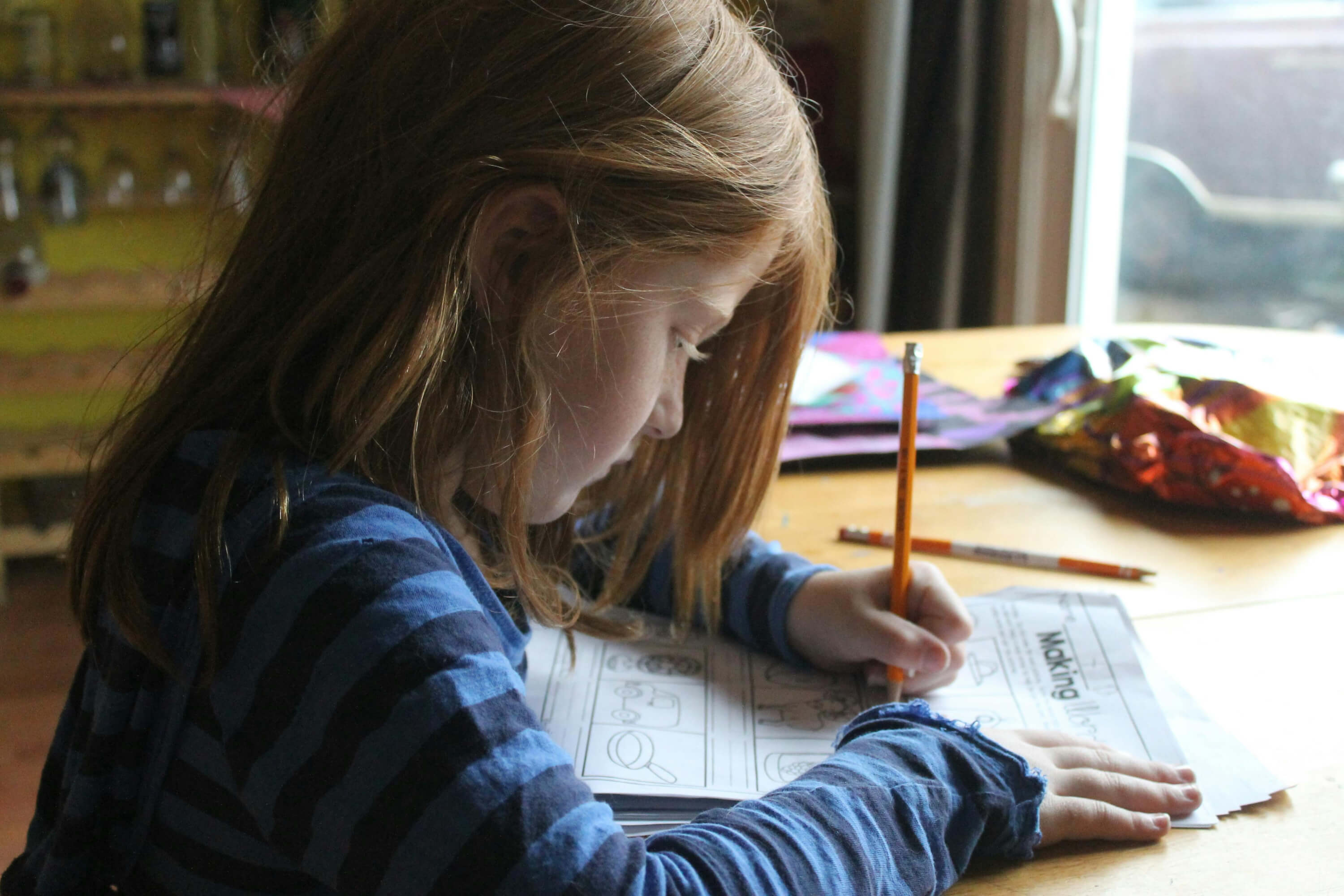
Photo by Jena Backus: https://www.pexels.com/photo/girl-drawing-on-brown-wooden-table-1001675/
The Myth of “Complete” Language Arts
Let’s clear this up: language arts isn’t one subject. It’s many skills woven together: reading, writing, grammar, spelling, vocabulary, listening, speaking, viewing and more. Trying to "do it all" at once, especially every year, creates a bloated schedule, burnout, and confusion—for both you and your child.
Even in schools, teachers don’t cover every strand every single year in depth. There’s spiral learning. There’s flexibility. But, somehow, homeschoolers have picked up the idea that we need a workbook (or five) for every part—and that it all has to be done *now*, this year--or our child's future is doomed.
The truth? In most places, parents have the freedom to meet their children where they are, scrap various things school kids are doing, explain grammar and spelling issues as they pop up, wait longer... Homeschoolers are not bound to check off every single school LA outcome each year. We're allowed—encouraged, even—to meet our children where they are.
So why are we making it so complicated?
When Curriculum Doesn’t Fit the Problem
What if instead of looking for a “complete” program, we asked better questions?
- Is my child struggling with something language arts-wise? If yes, is it boredom? Actual struggle with something specific?
- If they're struggling with writing, is it spelling, punctuation or getting their ideas out?
- Are they reading regularly? Do they talk about what they read?
- Have they had opportunities to write freely and creatively—without constant correction?
Language arts isn’t best learned through a bunch checkboxes, worksheets, workbooks and assignments. It’s learned through use. Through real books, real writing and real conversations.
What Actually Matters in Language Arts
Here’s what I learned while getting my teaching degree and had it later reinforced through homeschooling:
Children need to read, write, listen and speak. Over and over again. That’s it.
They need to:
- Be surrounded by good language.
- Play with words.
- Write real things (letters, stories, journal entries, signs, comic books).
- Read real things (picture books, novels, poetry, non-fiction).
- Hear language used well and use it themselves.
Grammar and spelling, a very common concern about language arts programs, can be taught—and should be!—but they’re tools, not the main event and they may not need a formal curriculum. If your child's only spelling issue is when to double letters when adding a suffix, for example, a whole spelling program or language arts curriculum is unnecessary. If your child isn’t writing, grammar rules won’t mean anything and won't stick. If they’re not reading, vocabulary worksheets won’t mean much either.
Quality matters more than quantity. Think specific needs over broad coverage. (If they're reading lots and listening to reading lots, they're already getting meaningful broad coverage!)
So What Can You Do Instead?
If your current language arts setup feels too heavy—or not helpful or maybe even "not enough"—I'm giving you permission to make it simple. Start here:
- Read aloud daily (even to older kids).
- Talk about books—not with worksheets, but with real questions and observations. (“What do you think will happen next?” “Would you have made that choice?” "Do you remember when this character said...? It was foreshadowing what's happening now!")
- Let them write freely—stories, notes, lists, letters. Worry about structure later. If they're super resistant, write with them and/or scribe for them. Be the same model for writing as you are for reading (like with the read-alouds).
- Target weak spots with short lessons or formal things only as needed. (Don't let it be the focus and become discouraging!)
- Use their interests. If they love animals, write about animals. If they love fantasy, let them build worlds. If they are boys who want to write silly comics about 💩, yes, let them do it. They will (likely) eventually grow out of it.
Remember: Language arts is a living thing. It grows when it’s used, shared and enjoyed!
So breathe. Look at the child in front of you. Support the pieces they need and let go of the fear that you’re missing something just because you’re not covering every school outcome. You’re doing better than you think.

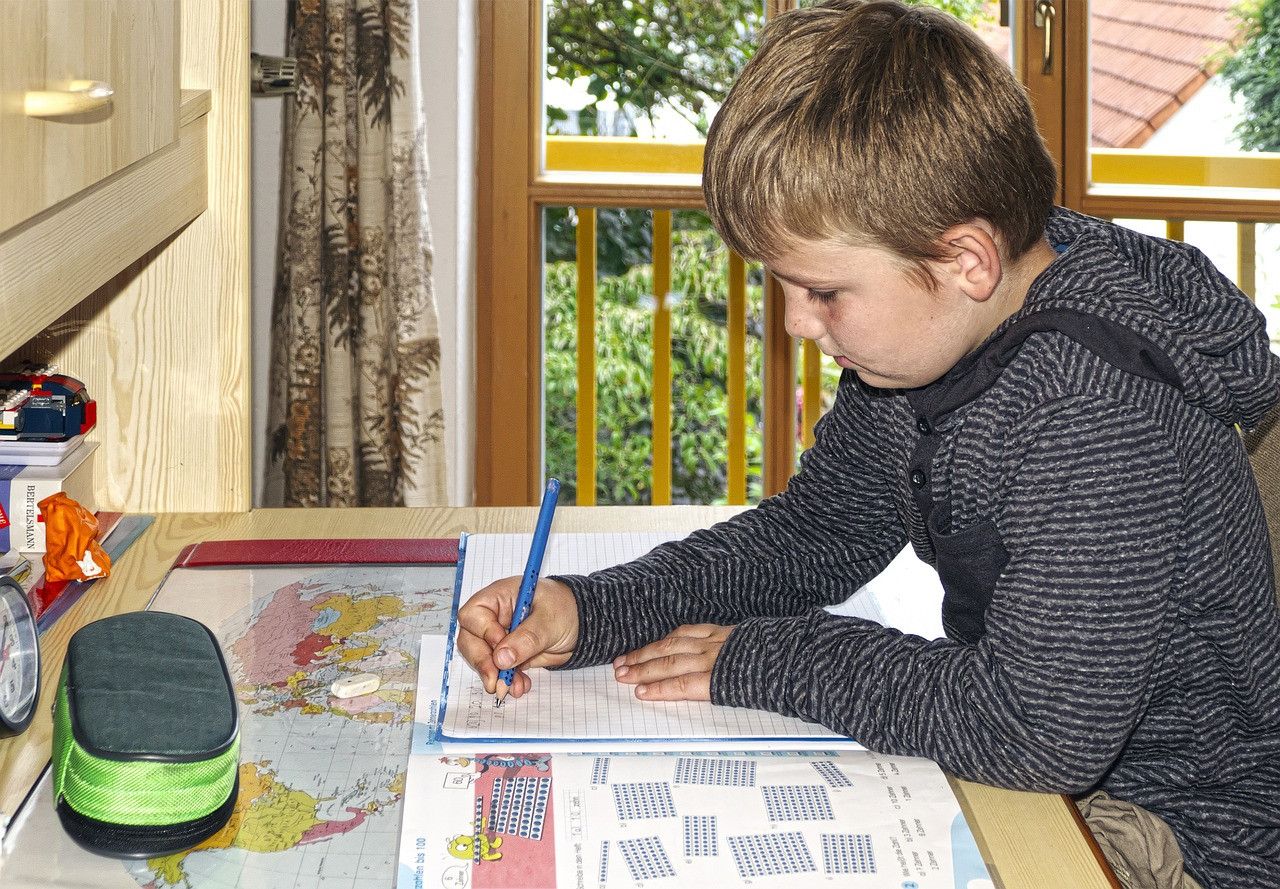
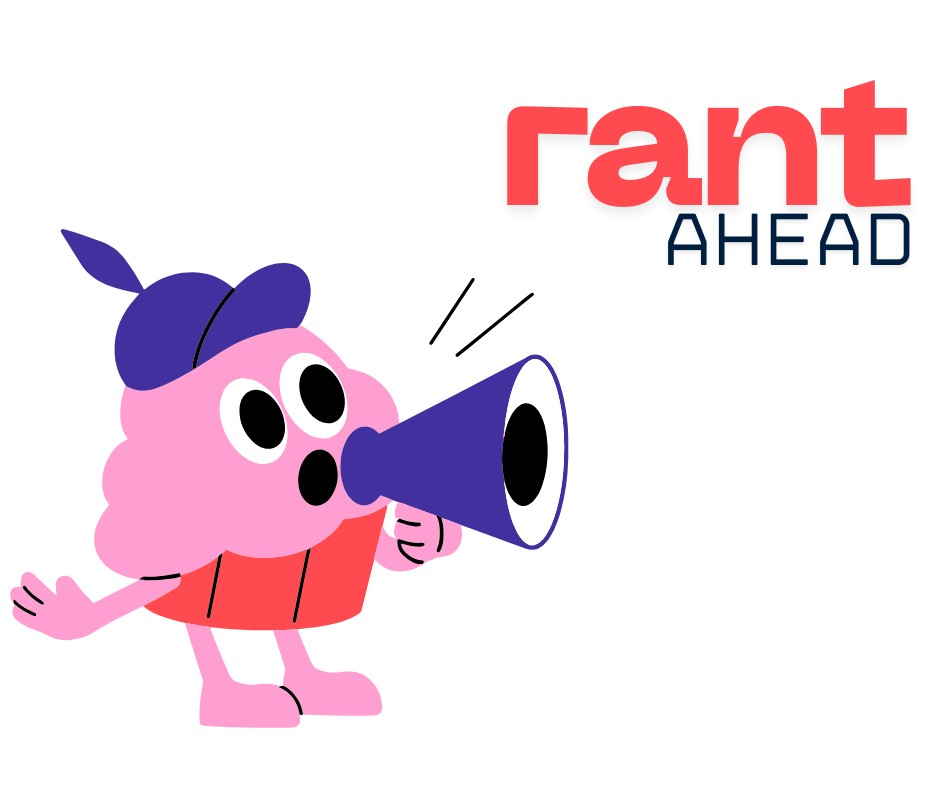
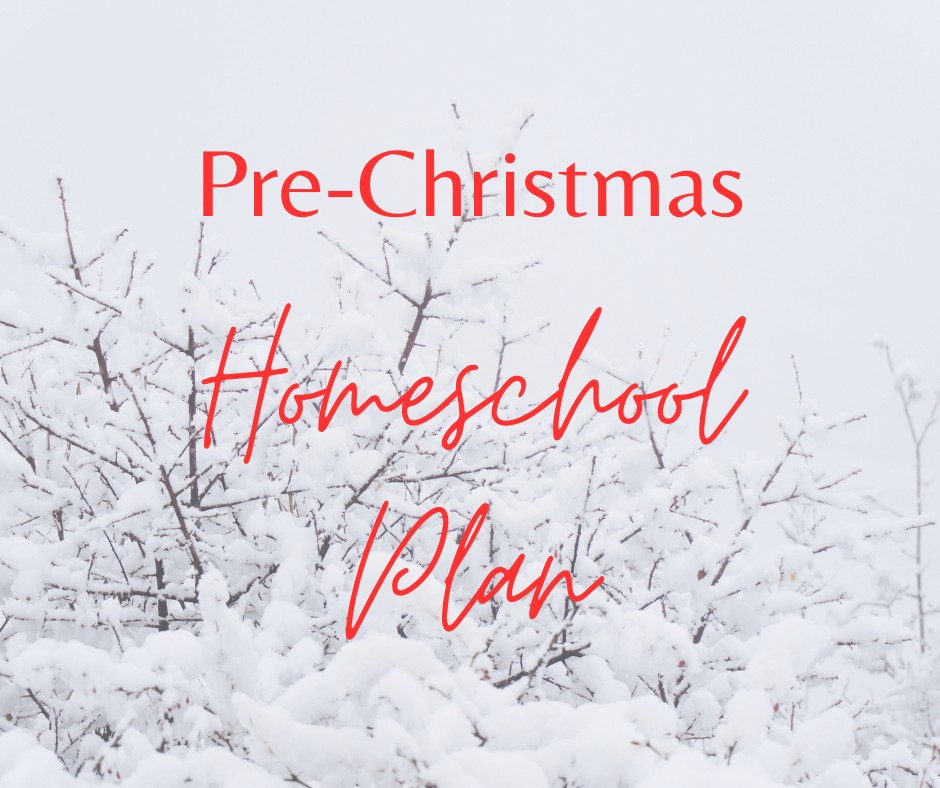
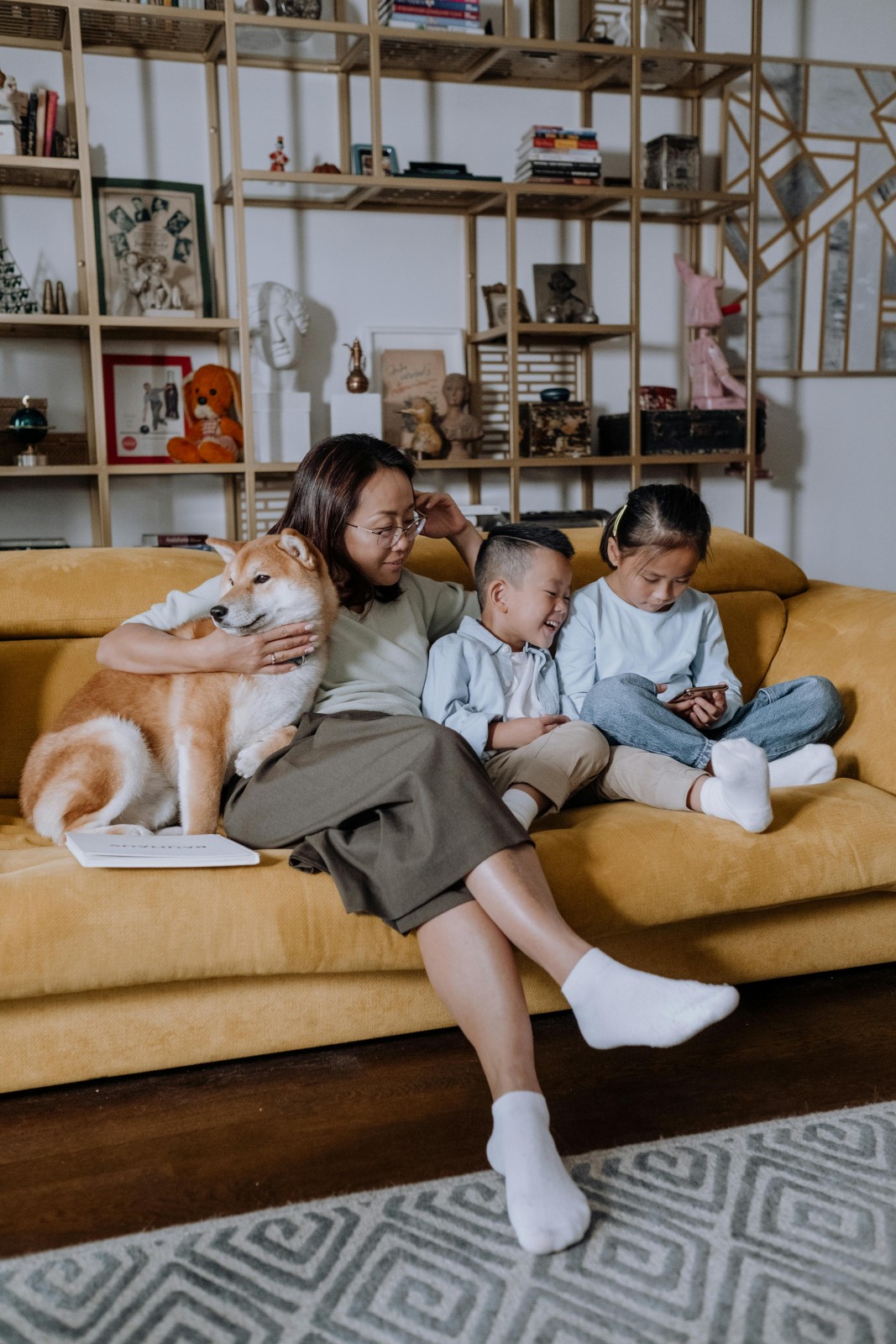
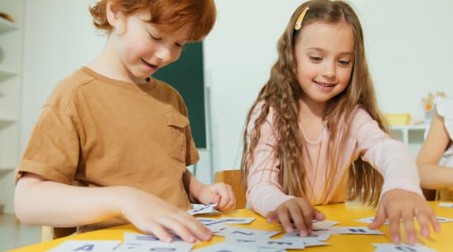
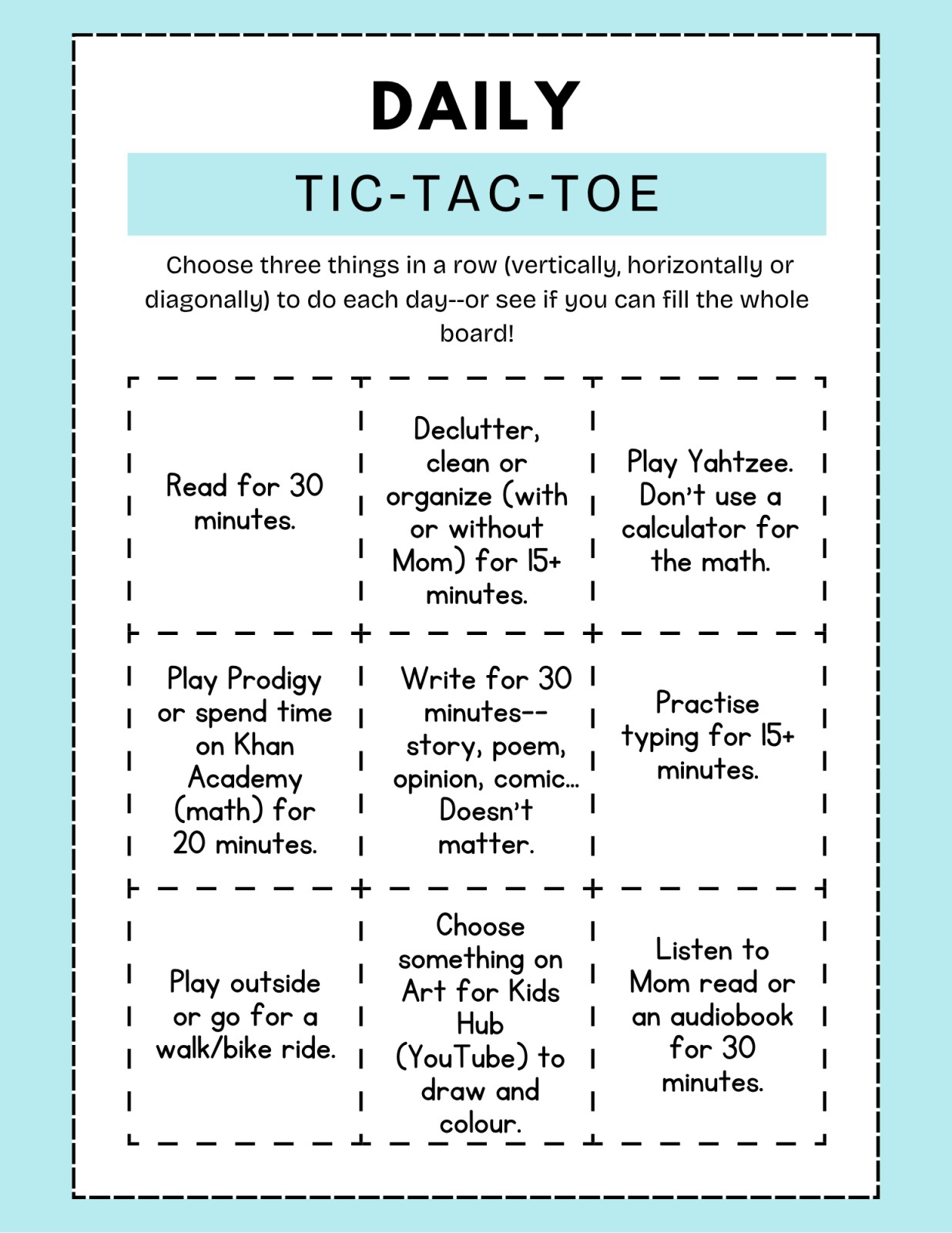
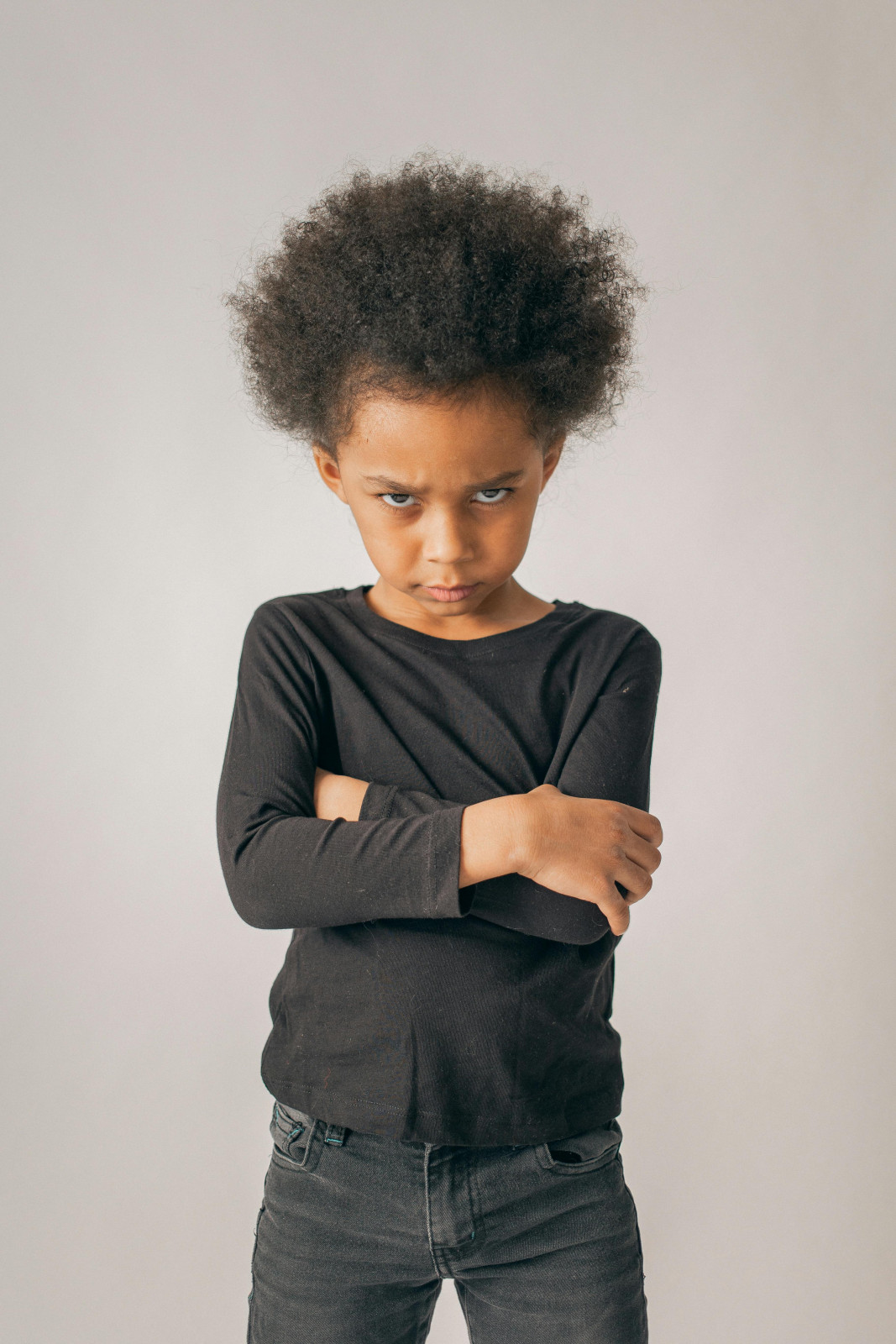

0 Comments